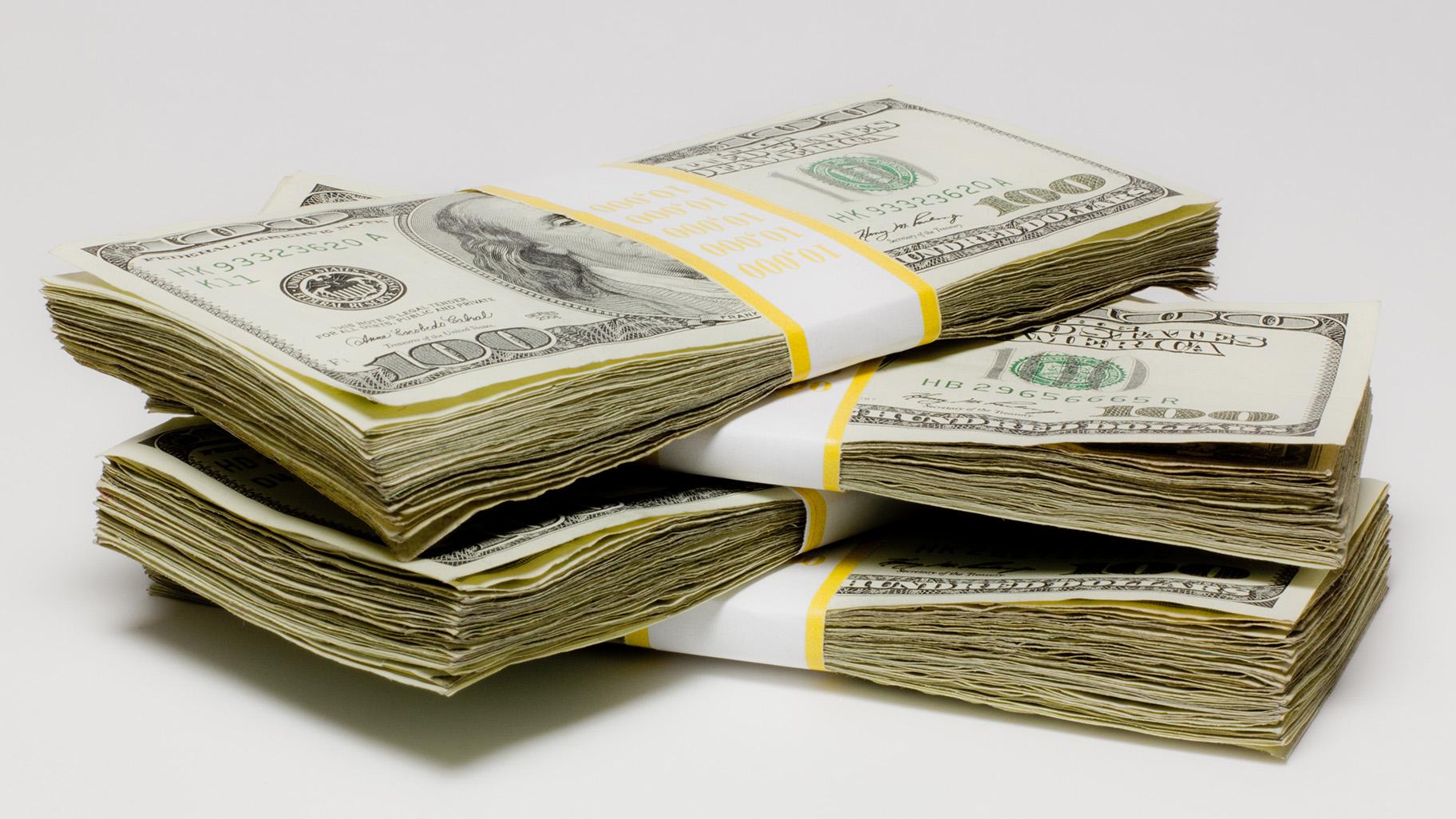 (Ken Teegardin / Flickr)
(Ken Teegardin / Flickr)
The share of property taxes collected by the city and then claimed by Chicago’s tax increment finance districts has grown 5% in two years, according to a report by Cook County Clerk Karen Yarbrough.
Thanks to our sponsors:
Demolishing the record set the previous year, $926 million poured into the city’s 136 TIF funds in 2019, 10% more than in 2018, according to the clerk’s report. That accounts for approximately 36% of the nearly $2.6 billion in property tax revenue banked by city officials. In 2017, 31% of the city’s property tax revenue ended up in a TIF district.
The growing share of city property taxes sent to TIF districts is sure to fuel the argument over whether the districts, which capture all growth in the property tax base in a designated area for 23 years, actually spur redevelopment and eradicate blight or serve to exacerbate growing inequality in Chicago.
The burst of additional TIF revenue could ease the city’s budget crisis by allowing Mayor Lori Lightfoot to declare more TIF funds to be in surplus — returning them to the city, Chicago Public Schools and other taxing districts.
In 2019, Lightfoot declared a $300 million surplus, and used $31 million of that money to help defray the city’s budget shortfall.
Lightfoot is due to release the city’s budget forecast this month, after announcing in June that the coronavirus pandemic had blown a $700 million hole in the city’s spending plan for 2020.
The most recent budget forecast, released by the city in August 2019, detailed a dire financial condition for 2021 — even before the pandemic hit and scrambled every aspect of the city’s operations.
That forecast predicted that if the economy slides into a recession, the city’s deficit could swell to $1.6 billion in 2021.
The transit TIF district formed by the city in the waning days of the Obama administration to fund the renovation of the CTA’s Red and Purple train lines is the city’s highest grossing TIF, according to the report.
The transit TIF generated approximately $128 million in 2019 — up from $116 million in 2018 — but only $49 million will be earmarked for the transit TIF district. The rest of those funds will be returned to other taxing districts, including Chicago Public Schools, under a unique provision of the state law that created the first, and so far only, transit TIF district.
Lightfoot campaigned on a promise to reform the city’s TIF program and craft “rigorous standards that eradicate waste and abuse and ensure investments in economically distressed neighborhoods.”
New rules announced by Lightfoot in February were designed to limit the city’s ability to use funds from Chicago’s TIF districts to subsidize private development.
Under Lightfoot’s new rules, the city Department of Planning and Development must conduct a robust “but-for” analysis before private applicants get TIF funds. The idea behind the test is to determine whether the development would not occur without a subsidy.
State law requires cities to conduct the tests to determine whether development within a proposed TIF district would not take place unless the district is established. Lightfoot’s rule calls for that analysis for individual projects that request a TIF subsidy.
In addition, a committee charged with determining whether to approve requests for TIF funds will “center equity in its decision making,” according to the mayor’s office.
In suburban Cook County, property tax revenue claimed by TIFs rose approximately 15%, according to the clerk’s report.
Contact Heather Cherone: @HeatherCherone | (773) 569-1863 | [email protected]
Note: This story will be updated with video.
Thanks to our sponsors:
Thanks to our sponsors:
"share" - Google News
August 12, 2020 at 06:47AM
https://ift.tt/2DCLJr4
Share of City Property Tax Revenues Claimed by TIF Funds Grew 5% in 2 Years: Report - WTTW News
"share" - Google News
https://ift.tt/2VXQsKd
https://ift.tt/3d2Wjnc
Bagikan Berita Ini














0 Response to "Share of City Property Tax Revenues Claimed by TIF Funds Grew 5% in 2 Years: Report - WTTW News"
Post a Comment